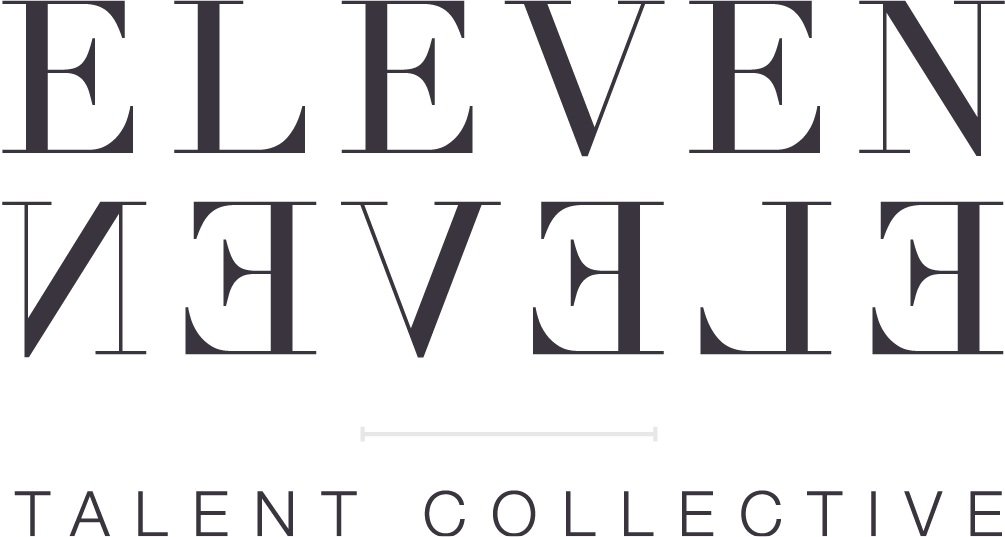Shattering the Glass Cliff: How to Thrive When the Odds Are Against You
In the corporate landscape, women have made significant strides in breaking through the glass ceiling, reaching leadership positions that were once predominantly occupied by men. However, alongside these advancements, another phenomenon has emerged – the glass cliff. Coined by psychologists Michelle Ryan and Alexander Haslam in 2005, the glass cliff refers to the trend of women being more likely to be appointed to leadership roles during times of crisis or turmoil within an organization. This phenomenon raises important questions about gender equality, leadership, and organizational dynamics.
Understanding the Glass Cliff
The glass cliff concept challenges the notion of progress towards gender equality in leadership roles. While the glass ceiling represents the invisible barrier that prevents women from rising to the top positions in organizations, the glass cliff describes the precarious position that women often find themselves in once they break through that barrier.
Research suggests that women are disproportionately appointed to leadership positions when companies are facing challenges such as declining performance, financial instability, or public scrutiny.
Factors Contributing to the Glass Cliff
Several factors contribute to the existence of the glass cliff. First, there may be unconscious biases at play, where decision-makers perceive women as better equipped to handle crises due to stereotypical beliefs about their nurturing and empathetic qualities. Second, organizations may view appointing a woman to a leadership role during turbulent times as a strategic move to signal change and demonstrate a commitment to diversity and inclusion. However, this strategy can backfire if the appointed woman is set up for failure, facing higher expectations and less support than her male counterparts.
Consequences of the Glass Cliff
For women leaders, being placed on the glass cliff can be a double-edged sword. On one hand, it provides an opportunity to showcase their leadership abilities and make a positive impact on the organization. On the other hand, it exposes them to heightened scrutiny and pressure, with failure often attributed to their gender rather than external circumstances. This can have long-term consequences for women's career advancement and confidence in their abilities. The glass cliff phenomenon reinforces stereotypes about women's leadership capabilities and undermines efforts to achieve true gender equality in the workplace.
Addressing the Glass Cliff:
To mitigate the glass cliff phenomenon, organizations need to strive to create more equitable and inclusive environments where women are evaluated based on their skills, experience, and qualifications rather than gender stereotypes. This requires implementing diversity and inclusion initiatives that promote equal opportunities for leadership development and succession planning. Additionally, decision-makers must be vigilant in examining their own biases and assumptions when making leadership appointments, ensuring that women are not unfairly burdened with the responsibility of navigating crises simply because of their gender.
The glass cliff serves as a reminder of the challenges that women continue to face in the pursuit of leadership roles. While progress has been made in breaking through the glass ceiling, the existence of the glass cliff highlights the ongoing barriers and biases that prevent true gender equality in the workplace. By acknowledging and addressing the factors contributing to the glass cliff phenomenon, organizations can create a more level playing field for women leaders, ultimately benefiting their companies and society as a whole. It's time to shatter the glass cliff and pave the way for true gender parity in leadership.
As female founders who work closely with executive women, we know that sometimes you need tools to ground yourself in the moment. For us, meditation & mindfulness is always a huge help in times of need – even if it’s simply connecting to your breath for two to three minutes. Our favourite resources for meditation & mindfulness come from our sister brand, Chapter Two Meditation. Discover the blog for helpful resources or head to Insight Timer to treat yourself to our library of guided meditations with Co-Founder, Tess Collard– we highly recommend “You Are Not Alone, Counter the Effects of Anxiety”
If you’re looking for your next Executive role, we would love to hear from you and help you Make Your Move! Click the button below to get the conversation started.

